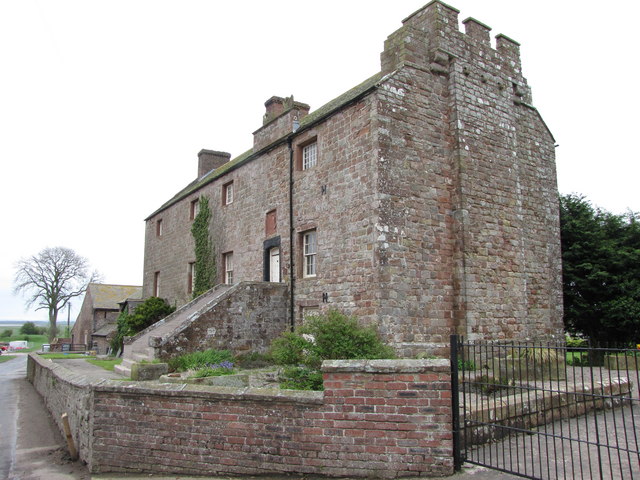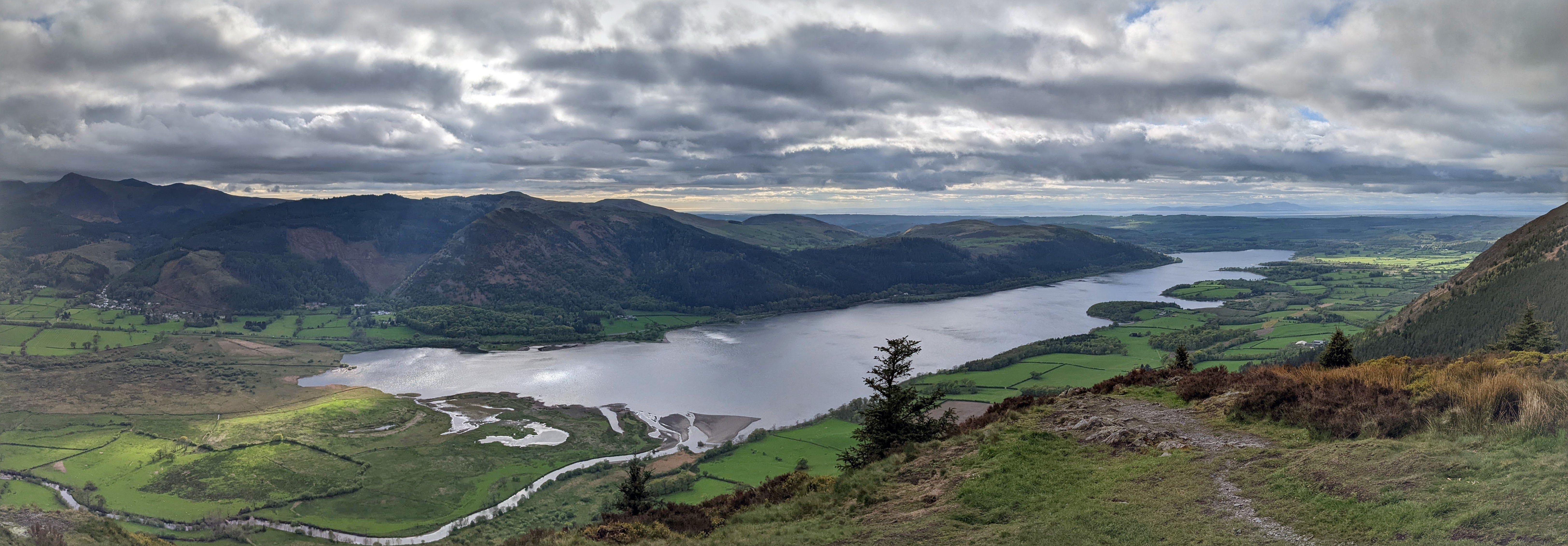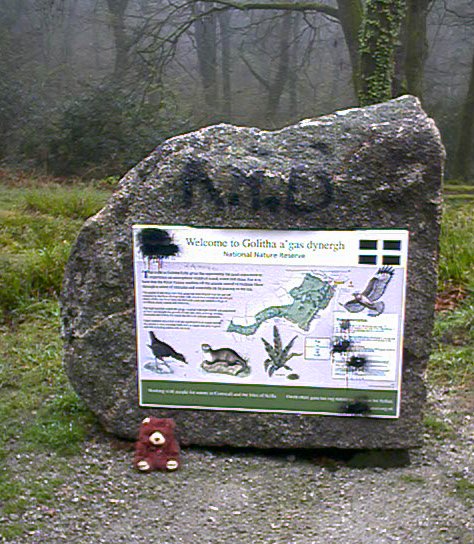|
List Of National Nature Reserves In England
This is a list of current national nature reserves in England. Sites formerly notified, such as Braunton Burrows in Devon, are not included. __NOTOC__ Avon Bedfordshire Berkshire * Chobham Common Buckinghamshire * Burnham Beeches Cambridgeshire Cheshire Cleveland * Teesmouth Cornwall Cumbria Derbyshire Devon Dorset Durham East Riding of Yorkshire East Sussex Essex Gloucestershire Hampshire Herefordshire Hertfordshire * Broxbourne Woods Isle of Wight * Newtown Kent Lancashire Leicestershire Lincolnshire London Merseyside Norfolk North Yorkshire Northamptonshire Northumberland Nottinghamshire * Sherwood Forest Oxfordshire Shropshire Somerset South Yorkshire * Humberhead Peatlands Staffordshire Suffolk Surrey West Midlands West Sussex Wiltshire Worcestershire See also *National nature reserve (United Kingdom) * National nature reserves in Scotland *National nature reserves in Wales *Nature rese ... [...More Info...] [...Related Items...] OR: [Wikipedia] [Google] [Baidu] |
National Nature Reserves In England
National nature reserves in England are designated by Natural England as key places for wildlife and natural features in England. They were established to protect the most significant areas of habitat and of geological formations. NNRs are managed on behalf of the nation, many by Natural England itself, but also by non-governmental organisations, including the members of The Wildlife Trusts partnership, the National Trust, and the Royal Society for the Protection of Birds. There are 229 NNRs in England covering . Often they contain rare species or nationally important species of plants, insects, butterflies, birds, mammals, etc. Spotlight NNRs Natural England has selected 35 as ''spotlight reserves'': Spotlight Reserves # [...More Info...] [...Related Items...] OR: [Wikipedia] [Google] [Baidu] |
Woodwalton Fen
Woodwalton Fen is a 209 hectare biological Site of Special Scientific Interest in the parish of Woodwalton, west of Ramsey in Huntingdonshire, Cambridgeshire, England. It is a Ramsar wetland site of international importance, a National Nature Reserve, a Special Area of Conservation and a Nature Conservation Review site, Grade I. The site is managed by Natural England. History One of the first nature reserves to be created in England, Woodwalton Fen was bought by the banker and entomologist Charles Rothschild in 1910. Rothschild intended to present the site to the National Trust, but they declined it, and it was kept initially as a private nature reserve. In 1911 Rothschild built a bungalow on the fen for his own use. The bungalow was rethatched in 2011. In 2022, the Wildlife Trust for Bedfordshire, Cambridgeshire and Northamptonshire launched a crowdfunding campaign, aiming to raise £400,000 to purchase the Speechly’s Farm to connect the Woodwalton Fen and the Holme Fen Nat ... [...More Info...] [...Related Items...] OR: [Wikipedia] [Google] [Baidu] |
Duddon Mosses
Duddon is a village and former civil parish, now in the parish of Duddon and Burton, in the unitary authority of Cheshire West and Chester and the ceremonial county of Cheshire, England. It is on the A51 road and is east of the city of Chester. Local features include Duddon St. Peter's Church and St. Peter's Primary School. The church was erected in 1835 as a chapel of ease to the parish church at Tarvin. It was built in the early English style at a cost of £603 to the designs of William Railton. The civil parish absorbed Burton on 1 April 2015, and on 1 July 2017 the new parish was renamed to Duddon and Burton. Legend of the "Headless Woman" The name of the Headless Woman public house name recalls the local legend of Grace Trigg who died in about 1664. She was a servant at nearby Hockenhull Hall, found hiding in a cellar there by Oliver Cromwell's parliamentarian soldiers after the royalist owners had fled. They tortured her to force her to reveal where the family valuab ... [...More Info...] [...Related Items...] OR: [Wikipedia] [Google] [Baidu] |
Drumburgh Moss
Drumburgh ( ) is a small settlement in Cumbria, England. It is northwest of the city of Carlisle and is on the course of Hadrian's Wall, near to Burgh by Sands. The village is sited on a gentle hill with a good view in all directions over the surrounding lowlands. History The name means 'ridge near the fort' as derived from the Celtic language and the common Old English word 'burgh', pronounced as 'bruff' in this instance. Coggabata is the Roman fort referred to in the placename, which was linked by a Roman road to the nearby fort at Kirkbride to the southwest. The fort was located opposite a ford over the Solway Firth, and the site has been both partially overlain by modern housing and additionally it has been damaged by a substantial medieval ditch. John Leland visited in 1539 and reported that the Wall had been heavily robbed to provide for buildings in Drumburgh, such as the castle. The village lies in the old Barony of Burgh, dating from 1092, the baron now being the Earl ... [...More Info...] [...Related Items...] OR: [Wikipedia] [Google] [Baidu] |
Cliburn Moss
Cliburn Moss is a national nature reserve located northwest of the village of Cliburn, in the county of Cumbria, England. It contains wetland habitats, produced by a hollow in the glacial valley. The 26 ha site was designated as a national nature reserve in 1996. Prior to becoming a protected area, it was affected by the human activities of peat Peat (), also known as turf (), is an accumulation of partially decayed vegetation or organic matter. It is unique to natural areas called peatlands, bogs, mires, moors, or muskegs. The peatland ecosystem covers and is the most efficien ... cutting and drainage. The reserve is managed with the aims of restoring areas of fen, heath and mire and controlling the spread of trees. ''www.naturalengland.org.uk'' References |
Clawthorpe Fell
Clawthorpe is a hamlet in the South Lakeland district, in the county of Cumbria, England. It is near the village of Burton-in-Kendal and the town of Kendal. Clawthorpe is on the A6070 road and nearly on the M6 motorway The M6 motorway is the longest motorway in the United Kingdom. It is located entirely within England, running for just over from the Midlands to the border with Scotland. It begins at Junction 19 of the M1 and the western end of the A14 at t ..., but there is no access to Clawthorpe from the motorway. References Hamlets in Cumbria Burton-in-Kendal {{Cumbria-geo-stub ... [...More Info...] [...Related Items...] OR: [Wikipedia] [Google] [Baidu] |
Blelham Tarn
Blelham Tarn is a large valley tarn in the Lake District of England, to the north of the hill Latterbarrow. The settlements of Outgate, Low Wray and High Wray are close by. The tarn is drained to the northeast by the short Blelham Beck into Windermere. This beck was previously straightened and lowered. Fish species in the tarn include brown trout, eel, perch, pike and roach, much of the tarn shore is reedbed and waterfowl present can include great crested grebe, whooper swan and golden-eye. The tarn is regularly monitored by the United Kingdom Lake Ecological Observatory Network and is characterised as eutrophic Eutrophication is the process by which an entire body of water, or parts of it, becomes progressively enriched with minerals and nutrients, particularly nitrogen and phosphorus. It has also been defined as "nutrient-induced increase in phytoplank ... and monomictic and has suffered from agricultural water pollution with large quantities of Cyanobacteria, blue-gre ... [...More Info...] [...Related Items...] OR: [Wikipedia] [Google] [Baidu] |
Bassenthwaite Lake
Bassenthwaite Lake is one of the largest water bodies in the English Lake District. It is long and narrow, approximately long and wide, but is also extremely shallow, with a maximum depth of about . It is the only body of water in the Lake District to use the word ''"lake"'' in its name, all the others being ''"waters"'' (for example, Derwentwater), ''"meres"'' (for example, Windermere) or ''"tarns"'' (for example, Dock Tarn). It is fed by, and drains into, the River Derwent. The lake lies at the foot of Skiddaw, near the town of Keswick. Some maps dating from the 18th century do in fact mark this lake with the name ''Bassenwater'', and the use of the name ''Broadwater'' for this lake is also attested. The A66 dual carriageway runs roughly north–south along the western side of the lake. The lay-bys are popular spots for photographers and bird watchers looking for osprey. The section running south towards Keswick was built along the course of the former Cockermouth, K ... [...More Info...] [...Related Items...] OR: [Wikipedia] [Google] [Baidu] |
The Lizard
The Lizard ( kw, An Lysardh) is a peninsula in southern Cornwall, England, United Kingdom. The most southerly point of the British mainland is near Lizard Point at SW 701115; Lizard village, also known as The Lizard, is the most southerly on the British mainland, and is in the civil parish of Landewednack, the most southerly parish. The valleys of the River Helford and Loe Pool form the northern boundary, with the rest of the peninsula surrounded by sea. The area measures about . The Lizard is one of England's natural regions and has been designated as a National Character Area 157 by Natural England. The peninsula is known for its geology and for its rare plants and lies within the Cornwall Area of Outstanding Natural Beauty (AONB). The name "Lizard" is most probably a corruption of the Cornish name "Lys Ardh", meaning "high court". The Lizard's coast is particularly hazardous to shipping and the seaways round the peninsula were historically known as the "Graveyard ... [...More Info...] [...Related Items...] OR: [Wikipedia] [Google] [Baidu] |
Goss Moor
Goss Moor is a national nature reserve in Cornwall, England, south-west of Bodmin in the parishes of St Dennis, St Columb Major, Roche and St Enoder. It is the largest continuous mire complex in south-west Britain and consists of mainly peatland and lowland heath. Together with the neighbouring moor to the east, it forms the Goss And Tregoss Moors Site of Special Scientific Interest (SSSI), as well as the '' Breney Common and Goss and Tregoss Moors'' Special Area of Conservation (SAC). History Before 1838, Davies Gilbert wrote that the ''flat country round it'' (St Dennis) ''is destroyed in the most efficacious manner, having been turned over and over again down to the solid rock, in what is termed streaming for tin''. Between 1908 and 1916 steam powered suction and cutter dredges were used for the mining of alluvial tin on the moor. Drilling took place in 1908 and 1909 but the position of the boreholes and what they contained have been lost. Approximately 70 tons of tin ... [...More Info...] [...Related Items...] OR: [Wikipedia] [Google] [Baidu] |
Golitha Falls
The River Fowey ( ; kw, Fowi) is a river in Cornwall, England, United Kingdom. It rises at Fowey Well (originally kw, Fenten Fowi, meaning ''spring of the river Fowey'') about north-west of Brown Willy on Bodmin Moor, not far from one of its tributaries rising at Dozmary Pool and Colliford Lake, passes Lanhydrock House, Restormel Castle and Lostwithiel, then broadens below Milltown before joining the English Channel at Fowey. The estuary is called Uzell ( kw, Usel, meaning ''howling place''). It is only navigable by larger craft for the last . There is a ferry between Fowey and Bodinnick. The first road crossing going upstream is in Lostwithiel. The river has seven tributaries, the largest being the River Lerryn. The section of the Fowey Valley between Doublebois and Bodmin Parkway railway station is known as the Glynn Valley ( kw, Glyn, meaning ''deep wooded valley''). The valley is the route of both the A38 trunk road and the railway line (built by the Cornwall Railway i ... [...More Info...] [...Related Items...] OR: [Wikipedia] [Google] [Baidu] |
_-_geograph.org.uk_-_153628.jpg)





